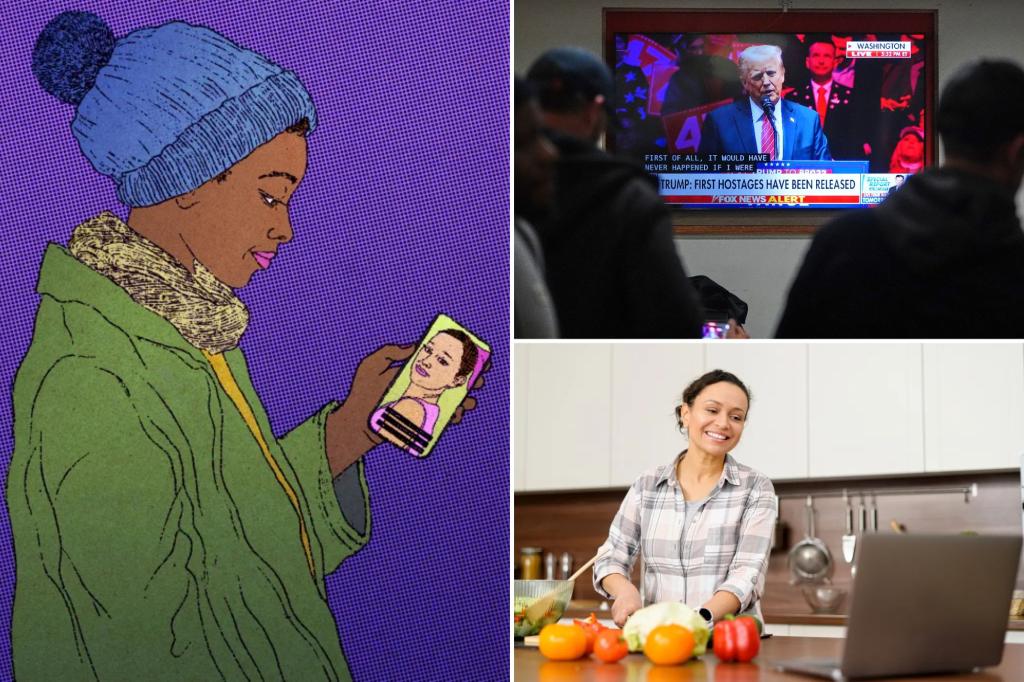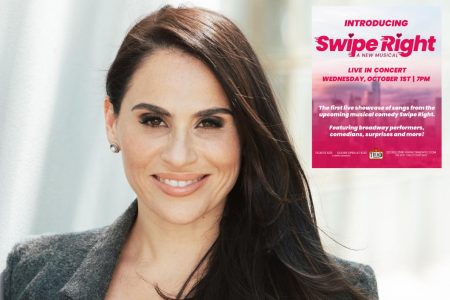The Subtitle Revolution: How Captions Are Changing How We Watch
In a world filled with constant distractions and multitasking, the way we consume entertainment has undergone a subtle yet significant transformation. For 35-year-old Taylor Heine from Johnson City, Tennessee, watching TV has become a juggling act. “I’ll be playing on the phone, loving on my animals, maybe cleaning, picking up,” she explains. Like many in her generation, Heine has found a simple solution to stay connected to her shows while managing other tasks: subtitles. This practice allows her to “switch back and forth, be able to listen to it or look back at the screen and know what’s going on.” It’s a practical approach that also benefits her fiancé, as she doesn’t need to “blare the TV” when he’s making noise in the kitchen. While subtitles might seem like a minor feature of modern viewing, they represent a fascinating shift in how different generations engage with media, according to a recent survey from The Associated Press-NORC Center for Public Affairs Research.
The generational divide in subtitle usage is striking. Approximately 40% of adults under 45 use subtitles “often” when watching TV or movies, compared to about 30% of adults over 45. The disparity becomes even more pronounced among those 60 and older, who are particularly likely to report “never” using subtitles at all. These numbers point to different motivations across age groups. Younger viewers tend to use subtitles because they’re watching in noisy environments or multitasking, while older adults who do use them are more likely to do so to better hear or understand dialogue. David Barber, a sound editor and president of the Motion Picture Sound Editors, offers insight into this phenomenon: “Part of it is cultural. What the younger kids are doing is, a lot of them will multitask. They’ll listen to music while they’re watching a show… They’re catching bits and pieces of this, bits and pieces of that… They probably are half-listening and half-watching.”
Despite the age differences, the most common reason for using subtitles transcends generations: 55% of subtitle users simply want to catch every word. This desire for complete comprehension drives viewers like 21-year-old Ariaunna Davis of Tampa, Florida, who turns to subtitles “if I want to know most of the words that are being said and the audio’s a bit iffy.” Similarly, 31-year-old Adrian Alaniz from Midland, Texas, believes his hearing was slightly damaged by concerts he attended in his youth. Subtitles provide him with certainty, especially when enjoying crunchy snacks like chips that might otherwise drown out dialogue. About 40% of subtitle users also cite difficulty understanding accents or watching foreign content as their motivation. Approximately 30% use them because they’re in noisy environments, while roughly 25% blame poor audio quality for their reliance on captions.
The technical and creative aspects of modern entertainment contribute significantly to the increasing popularity of subtitles. Sound designer Karol Urban points out that actors today have “a more internal and close” style of emoting compared to decades ago, making dialogue harder to discern. Additionally, contemporary productions feature “a lot more sound effects, less music swells,” creating more frequencies that can interfere with dialogue clarity. Barber adds that home viewing environments present their own challenges, noting that speakers on flat-screen TVs are often positioned on the back, projecting sound toward the wall rather than the viewer. “So you’re not listening on a stellar sound system to start with,” he explains. Davis specifically mentions “Game of Thrones” as a show where she frequently enables subtitles to avoid constantly adjusting the volume between quiet dialogue scenes and thunderous music.
The subtitle phenomenon also reflects our evolving relationship with technology and attention. About 25% of subtitle users acknowledge turning on captions because they’re multitasking – a behavior far more common among younger viewers. This contrast in viewing habits creates interesting intergenerational dynamics. Patricia Gill, a 67-year-old from Columbus, Tennessee, represents the traditional approach to television. She doesn’t use closed captions and considers herself “old school,” preferring to rewind if she misses an important line. Meanwhile, she observes her grandson using subtitles on his phone when watching movies, embodying the newer generation’s approach to media consumption. These differences highlight not just technological preferences but fundamental shifts in how we engage with entertainment in an increasingly distracted world.
The subtitle revolution speaks to broader trends in our digital lives. As we navigate between multiple screens, conversations, and activities, our relationship with media has become more fragmented yet more accommodating. Younger generations have normalized a viewing experience that allows for partial attention, supported by visual text that fills the gaps when ears are otherwise engaged. Meanwhile, older adults who do embrace subtitles often do so for clarity and accessibility, with about 30% of subtitle users over 60 citing hearing impairments as their motivation, compared to just 7% of younger adults. This evolution reflects our society’s adaptation to information overload and constant connectivity. What was once considered a feature primarily for those with hearing disabilities or language learners has transformed into a mainstream tool for navigating our complex, multitasking lives – allowing us to stay connected to stories even when our attention is divided.














